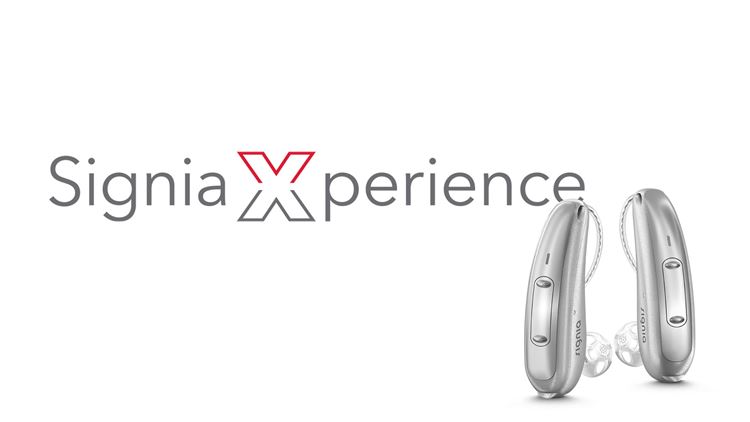
Signia Xperience: Hearing Aids with the Power to Understand What Wearers Really Want to Hear
For any hearing aid, changing situations dramatically such as entering a busy street or conference hall reveal the challenges faced when attempting to adapt dynamically to shifts in location. The number of sound sources and the signal-to-noise ratio alter entirely and suddenly. Hearing can go from easy to nearly impossible in mere seconds.
Créé Mis à jour
The reason is that conventional hearing aids are effectively blind to their wearer’s needs. They can only listen and make educated guesses as to the type of situation in which the wearer is in. But they cannot consider enough variables about the environment, such as how the wearer interacts within it. Current hearing aids don’t see the full picture and can make wrong assumptions.
A new way of hearing is required
Seeing someone’s needs clearly is vital in terms of offering them the right support. When they lack this support, hard-of-hearing people withdraw from life and become less engaged. They avoid memorable special occasions like birthday celebrations, office parties, or class reunions.
Put simply, when people’s needs are supported accurately, they achieve more, do more, and get more involved. That is why Signia set itself the challenge of creating revolutionary hearing aids that can see accurately what their wearers need at all times so they can experience the same excellent level of hearing wherever they go.
To make this new way of hearing a reality, hearing aids must know what sounds are important in every situation. They need to understand exactly what situation the wearer is in and how he or she moves and interacts within that situation. They must consider all variables of the environment, such as when wearers move from a quieter space like their home or car into a really challenging situation like a bustling street or packed hall. Acoustic information alone is not enough.
The world’s first hearing aids with integrated acoustic-motion sensors
Our seminal Signia Xperience hearing aid platform uses the most advanced technology to scan and understand the wearer’s environment. It provides superior hearing benefit as never experienced before. This innovation is called YourSound technology and it is created to deliver the most personal sound processing, driven by our unique acoustic-motion sensors.
YourSound measures more aspects of sound than ever before, including own voice detection for a natural-sounding own voice, from which direction each sound is coming, and the signal-to-noise ratio. Plus, for the first time, the hearing aids measure how the wearer’s movement affects their hearing in every situation, from running in the park or walking the dog to standing in line or sitting in a meeting.
This unique combination of advanced sound processing with an accurate image of how the wearer is moving through his or her acoustic environment ensures that the hearing aids know what is important at every moment so that wearers always hear what matters to them.
While dining out with friends, for example, Signia Xperience can make conversation partners and the restaurant’s live background music sound crystal clear and in perfect harmony. And if a waiter approaches from behind and asks you if everything is to your satisfaction, the hearing aids also recognize this important speech signal in contrast to general background noise from other restaurant guests.
YourSound technology enables wearers to:
- Be fully aware of sound in any situation
- Hear speakers in noise from any direction
- Understand single or multiple conversation partners even in noise
The acoustic-motion sound processing of our new Signia Xperience hearing aids effectively hands them a new sense to see and better understand the wearer and what matters to him or her in every moment. Now you can offer your clients a clear way to engage fully with life, without compromise. Read more about the new Pure 312 X hearing aids here.
It’s time to get involved, it’s time for Signia Xperience.